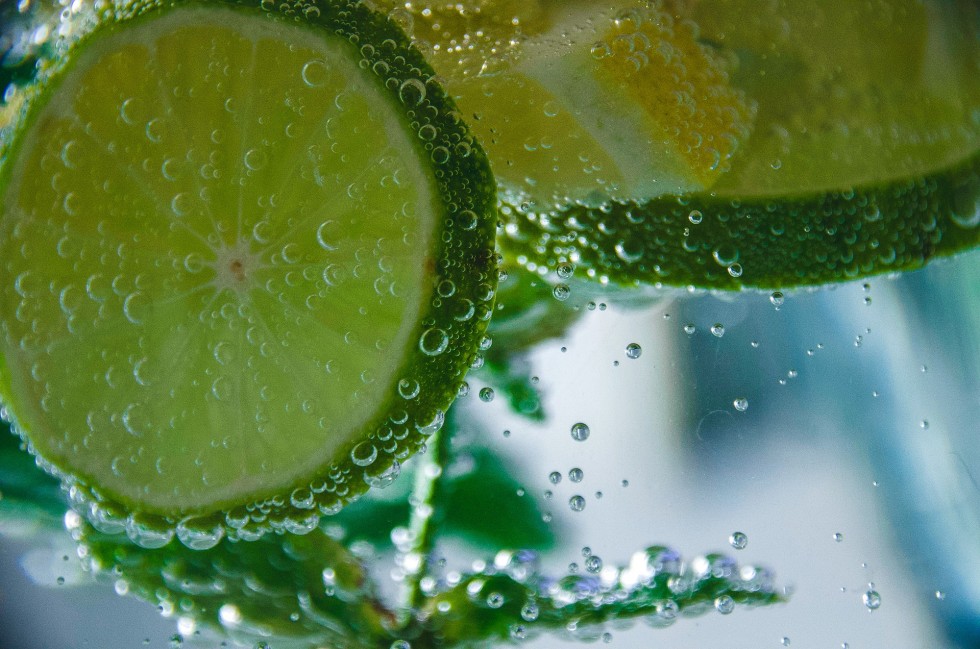Returning to well water is a stress-free and simple way to lower your utility bills. Before you start detecting the water source and digging a well in your backyard, though, you want to weigh up the pros and cons when relying on this private water supply!
The good news is that well water is a great therapy to cure your headache when looking at the ever-rising number on the monthly bill. However, the downside to this is perhaps you’re not a born water treatment expert. If so, how certain are you about the water quality and purity in your backyard?
Rest assured! This handy guide is a quick fix! Read it to identify the most common contaminants and pathogens in your well water. At the end of the guide, you can consult the four best ways to give your well a complete purification solution!
4 Most Common Contaminants in Well Water
We all know that the quality of tap water in the UK doesn’t give rise to problems. However, it doesn’t go the same way for raw water from wells!
Unlike tap water which is professionally purified before distribution to your house, well water is not treated the way experts do and thus may contain harmful contaminants and pathogens.
Iron, minerals, and bacteria are the crux of the matter. There are also other contaminants hidden in these drops that jeopardize vulnerable people like babies and seniors.
That’s why we want you to take extra care to get rid of all of these pet peeves. Here are some to consider!
Pesticides
Pesticides have been detected in UK groundwater systems for an extended period. When pesticides are not fully treated, they disperse into the groundwater and transform into other compounds such as metabolites or metaldehyde. These compounds are toxic contaminants that put consumers’ health at risk if they use them for a long time.
Pharmaceuticals
Improper disposal of agricultural products and human excretion become major causes of pharmaceuticals in well waters. Pharmaceutical chemicals make their way to one of the top red flags for human consumption.
Daily Stimulants
We’re talking about caffeine and nicotine here! Since these two stimulants are widely common in our daily life, they are dumped into sinks and end up in sewage effluent. It goes the same way for artificial sweeteners like acesulfame and other risky chemicals present in wastewater.
Body and Skin Care Products
Sunscreen, antifungal medications, sun screen, and bactericides are some of the most common body and skincare products you will find in well water. They flush all the way from the bathroom floor down to the sewage effluent and infect groundwater.
PBDEs Flame Retardant. This is a shorthand for Polybrominated diphenyl ethers flame retardant. They become a serious concern polluting the environment. However, they are broadly used in many households and appear in various industries that heavily affect groundwater quality.

Where Do All These Contaminants and Pathogens Stem from?
The main problems can be traced back to wastewater that is carelessly resolved at households, industrial use, and also hospital premises. These hot spots introduce a large number of heavy metals, rare earth elements, disinfectants, pharmaceuticals, and human excretion to the environment. These unwanted substances are mostly sent into the water before infusing into the ground.
4 Best Methods to Remove Contaminants and Destroy Pathogens from Well Water
Well Water Filtration System
These filters not only get rid of rust and sands but also toxic minerals, heavy metals, and chemical substances.
One of the most common elements you want to remove is iron. This pet peeve is specifically annoying if your house is surrounded by agricultural lands infused with high iron content.
Finding the best well water filtration system shouldn’t fret you over! Many of them are available online so just go over the reviews and pick a stellar filter delivered to your doorstep!
Shock Chlorination
This is the second most trusted way to effectively kill bacteria by many private well owners. Basically, you create a strong chlorine mixture and dump it into your well. This is considered a low-cost, effective one-time method to treat well water.
Shock chlorination is also applied in pump and distribution lines. You can consult an expert or company specialized in water treatment to ensure the exact ratio amongst different chemicals in the mixture.
UV Disinfection System
This one is more on the high-tech side of the treatment spectrum compared to shock chlorination. It’s designed to fully remove the micro-organisms clogged up over time that simple procedures fail to tackle.
Water Softener System
The idea of softening water has a lot to do with removing hardness minerals in well water. A softener system usesion-exchange resin and salt.
Regardless of which method you’re having in mind, you want a decent consultation with specialists or product suppliers before adding one into your cart. If possible, obtain a water quality test to identify the contaminants and come up with the right treatment!






I always emphasize the importance of clean water in maintaining overall health. This article brings up some critical points about the potential risks of private well water, especially when it comes to contamination that might not be immediately noticeable. While the cost savings of using well water are appealing, it’s essential that proper testing is done regularly to ensure it’s safe to drink.
For anyone using private well water, I’d recommend investing in water quality tests and filters if necessary. It’s a small step to protect your health in the long run!